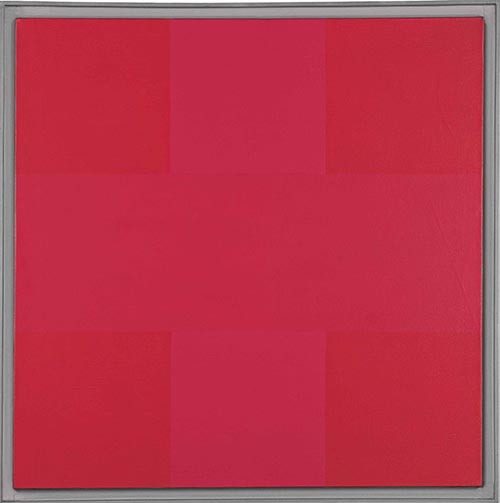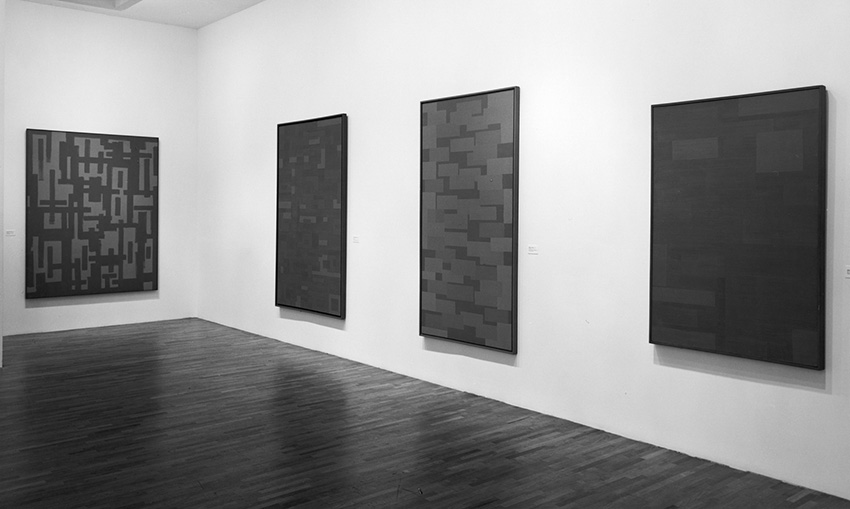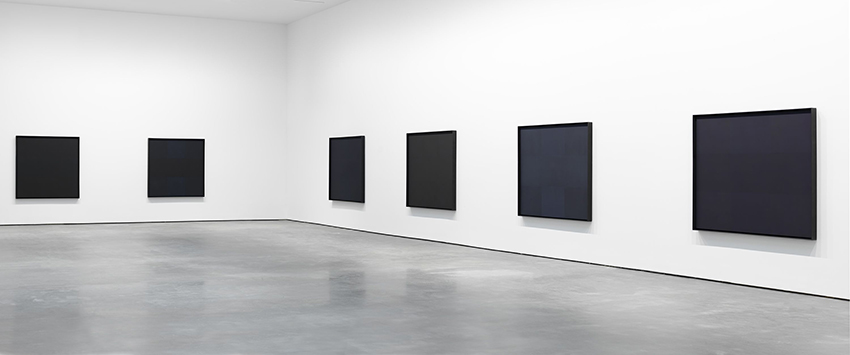
Ad Reinhardt. The purity of Abstract Art.
ArtWizard, 01.07.2019
“The one object of fifty years of abstract art is to present art-as-art and as nothing else…making it…more absolute and more exclusive — non-objective, non-representational, non-figurative, non-imagist, non-expressionist, non-subjective”, says the Artist.
Ad Reinhardt is one of the most prominent American artists of the early years of the 20th century, known for his abstract art paintings and for being one of most ardour supporters of the purity in abstraction.
For Reinhardt, this purity is manifested as an evolving effort to strip his paintings of everything external to the fundamental fact of monochrome paint on canvas. His most famous works, the series of Black Paintings, made in the years (1954 - 1967), are thought to be inspired by an earlier landmark painting, the Black Square, made in 1914 by Kazimir Malevich.
In his Black Paintings, Ad Reinhardt used an extremely subtle way of making tonal and chromatic shifts, that made a very complex perception of Black colours, that can only be observed in person. When observed, these paintings seem to depict some unmodulated fields of black, but they are in fact very subtle compositions made of intensely dark shades of red, blue, and green. Regarding his Black Paintings, the artist once observed: “As an artist, I would like to eliminate the symbolic pretty much, for black is interesting not as a colour but as a non-colour and as the absence of colour.”
Born and raised in New York, Reinhardt studied art history and philosophy at university in the 1930s, and began painting around 1936. His aesthetic and conceptual influences include Cubism, Constructivism, but also the geometric compositions of Piet Mondrian.
While many of his peers experimented with figurative work influenced by Surrealism first, before they landed into the abstract, Reinhardt, by contrast, worked in an abstract mode from the very beginning of his career. In the late 1940s, he became deeply interested in Chinese and Japanese painting, Islamic art, and, importantly, East Asian philosophy. The Asian and Japanese philosophy deeply influenced his rigorous defence of purity in abstraction.
During the years 1940-50, he was a member of a New York club of abstract expressionist artists. Reinhardt earned much of his living as a teacher. He read, wrote, and travelled extensively. Possessor of a mordant wit, which he turned on himself and his fellow artists, and great draftsman skills, he also produced cartoons satirising the art world or expressing his socialist political views.
His early paintings feature bold, geometric shapes and patterns that he pared down into all over compositions of staccato marks in an increasingly limited range of colours.
These eventually led to monochromatic blue and red paintings ordered by strict geometric arrangements and, finally, to his Black Paintings. One of his most eminent views was that making art should be separated from everyday life and be seen as a purely artistic and ethical pursuit. He regarded his black monochrome paintings as the ultimate or the last paintings an artist can make, as all of them symbolising the ultimate purity in art.
Reinhardt continued refining his Black Paintings until his untimely death in 1967, considering them the resolution to his quest for “the strictest formula for the freest artistic freedom.”





